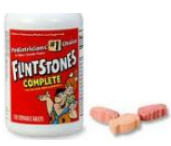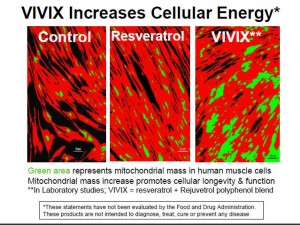Are You Using Fake Olive Oil?
 Many know the benefits of using Olive Oil but many are duped by manufacturers of Olive Oil who claim that their products are pure. Have you ever gone to Costco and thought you had a bargin when you bought their “pure” olive oil? I know I have. When you read what percentage of Olive oils are true olive oil then you may have bought fake olive oil.
Many know the benefits of using Olive Oil but many are duped by manufacturers of Olive Oil who claim that their products are pure. Have you ever gone to Costco and thought you had a bargin when you bought their “pure” olive oil? I know I have. When you read what percentage of Olive oils are true olive oil then you may have bought fake olive oil.
In 2010, Consumer Reports – one of the most credible non-profit organizations fighting for consumer rights in the US – revealed that around 20% of ALL olive oils are fake and have been mixed with other cheap oils, while still claiming they are 100% pure.
This food hoax was uncovered once again in 2012, when the UC Davis Olive Center found out that only 27% of all olive oils passed the quality test to be labeled “extra virgin” – the best and most nutritious kind of olive oil there is.
So the olive oil you have in your kitchen RIGHT NOW might contain up to 100% vegetable oil, even though the label “says” it’s healthy. And don’t forget, vegetable oils are LOADED with dangerous, fat-storing trans-fat.
You can go ahead and TRY to find a manufacturer who actually cares and delivers a legitimate olive oil to support your weight loss goals, but it’s a crapshoot.
What Does Extra Virgin Olive Oil Mean?
Extra virgin.’ As an appellation, ‘extra virgin’ means “olive oil made from crushed olives without the use of high heat or chemical solvents.”
So How to tell if you have Pure Olive Oil
One way to make sure you’re getting a fresh extra virgin olive oil is too look for a harvest date, says Tom Mueller who wrote Extra-Virginity: The Sublime And Scandalous World of Olive Oil. You want to get a pressing from the most recent harvest, then use it quickly—unlike wine, olive oil does not age well.
How to Buy Pure Olive Oil
• Find a seller who stores it in clean, temperature-controlled stainless steel containers topped with an inert gas such as nitrogen to keep oxygen at bay, and bottles it as they sell it. Ask to taste it before buying.
• Favour bottles or containers that protect against light, and buy a quantity that you’ll use up quickly.
• Don’t worry about colour. Good oils come in all shades, from green to gold to pale straw – but avoid flavours such as mouldy, cooked, greasy, meaty, metallic, and cardboard.
• Ensure that your oil is labelled “extra virgin,” since other categories—”pure” or “light” oil, “olive oil” and “olive pomace oil” – have undergone chemical refinement.
• Try to buy oils only from this year’s harvest – look for bottles with a date of harvest. Failing that, look at the “best by” date which should be two years after an oil was bottled.
• Though not always a guarantee of quality, PDO (protected designation of origin) and PGI (protected geographical indication) status should inspire some confidence.
• Some terms commonly used on olive oil labels are anachronistic, such as “first pressed” and “cold pressed”. Since most extra virgin oil nowadays is made with centrifuges, it isn’t “pressed” at all, and true extra virgin oil comes exclusively from the first processing of the olive paste.
HAPPY EATING!



“Some terms commonly used on olive oil labels are anachronistic, such as “first pressed” and “cold pressed”. Since most extra virgin oil nowadays is made with centrifuges, it isn’t “pressed” at all, and true extra virgin oil comes exclusively from the first processing of the olive paste.”
Oil bottled in the EU being cold pressed means that the extraction temperature doesn’t rise above 27 °C. Higher temperatures can cause the breakdown of certain nutrients and vitamins within the oil.